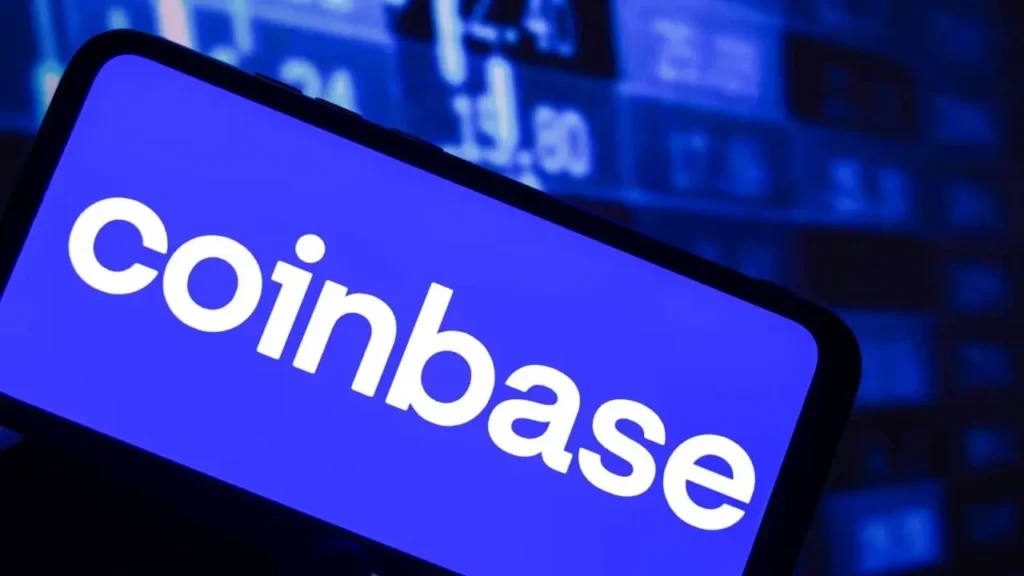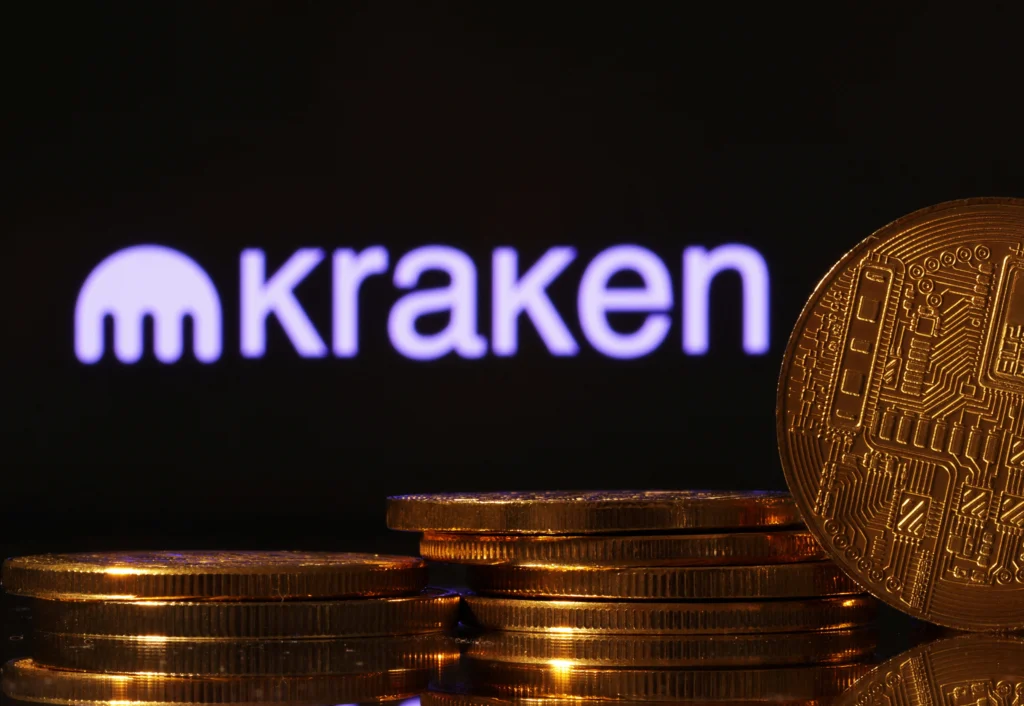How Can Beginners Start Crypto Trading? A Practical Guide to Get You Going
So, You Want to Start Crypto Trading?
Let’s be honest — the world of crypto can seem intimidating at first. The buzzwords, the fluctuating prices, and the constant headlines about “the next big coin” might have you thinking, “Where do I even begin?” Well, if you’re diving into beginner crypto trading, you’re definitely not alone. But the good news is that it’s not as complicated as it seems. With the right mindset and a bit of guidance, you can dip your toes into the crypto waters safely. So, let’s walk through how beginners can start crypto trading and make their first moves in this exciting market.
Step 1: Understanding Crypto Trading Basics
Before you dive into crypto trading, you need to understand what you’re getting into. Crypto trading involves buying and selling digital currencies like Bitcoin, Ethereum, and other altcoins through a platform known as a cryptocurrency exchange. These exchanges are a bit like stock trading platforms, but for crypto assets.
Now, here’s the thing: crypto prices are volatile — meaning they can change drastically in a short period. One minute you could be up 10%, the next minute down 20%. Sounds crazy, but it’s the nature of the market. The key is not to get too excited or too discouraged when prices jump.
For beginners, it’s best to start small. A few hundred dollars invested in a well-known coin like Bitcoin or Ethereum is a good starting point. Don’t go all in right away, though. Take your time to learn the ropes.

Step 2: Choosing the Right Platform for Beginner Crypto Trading
Okay, you’ve decided you want to trade. But what’s next? Choosing the right exchange is crucial. There are so many platforms out there, each offering different features, security protocols, and fees. As a beginner crypto trader, you might want to start with well-established platforms like Coinbase, Binance, or Kraken. These exchanges are user-friendly and offer educational resources to help you get started.
When choosing a platform, make sure it’s regulated and has good security measures in place. You don’t want to risk losing your investment due to a shady platform. Most exchanges will require you to complete an identity verification process (KYC) to ensure security, so don’t skip that step.


Step 3: Setting Up Your Wallet
Next, you’re going to need a crypto wallet. This is where you’ll store your digital assets. For anyone starting out with beginner crypto trading, understanding wallets is key. There are two main types: hot wallets and cold wallets.
Hot wallets are online wallets that are connected to the internet. They’re convenient for trading because you can access them quickly. However, they are also more vulnerable to hacking. If you’re just getting started, a hot wallet may be fine for small amounts, but keep in mind it’s a little riskier.
Cold wallets, on the other hand, are offline storage solutions. These are more secure since they aren’t connected to the internet, making them less susceptible to cyber attacks. But they’re also less convenient, as you’ll need to physically access your wallet to make transfers. If you’re in the early stages of beginner crypto trading, using a hot wallet might make sense at first—then consider moving to a cold wallet as your holdings grow.

Step 4: Start Small, Learn Slowly
When it comes to crypto trading, patience is key. A lot of new traders get swept up by the hype — buying coins based on someone’s recommendation or the latest trending news. But let’s be real: jumping into every “hot tip” could land you in trouble.
Start small. As a beginner crypto trader, your primary focus should be on learning the process — not making a quick profit. Read the charts, track the trends, and most importantly, understand how market conditions affect prices. Don’t be afraid to make small mistakes along the way. Trust me, you’ll learn a lot from them!

Step 5: Risk Management and Emotional Control
This is something most beginners overlook. The crypto market is highly emotional. Prices swing fast, and it’s easy to get swept up in the fear of missing out (FOMO) or panic selling when prices dip. But to succeed in crypto trading, you need to manage both risk and emotions.
A good rule of thumb is to never invest more than you can afford to lose — especially when you’re just starting out. And, if you can, try to avoid trading based on emotions. It’s easy to let excitement or fear drive your decisions, but if you can take a step back and think things through, you’ll be in a much stronger position.

In Conclusion: Start Slow, Stay Smart
Crypto trading can be a fun and profitable venture, but only if you approach it cautiously and thoughtfully. As a beginner crypto trader, it’s important to start small, educate yourself, and avoid the temptation of quick, risky moves. With time, patience, and a little bit of luck, you’ll be navigating the crypto markets like a pro. Just remember — the crypto world is always evolving, so keep learning, stay updated, and don’t rush the process.
Relevant news: here




